Plagiarism or Pure Genius? 5 Mixing Tricks George Lever Perfected From Other Producers
Aaaah, yes – creativity. This elusive notion that original thoughts do actually exist. So why are brilliant ideas so bloody hard to come by?
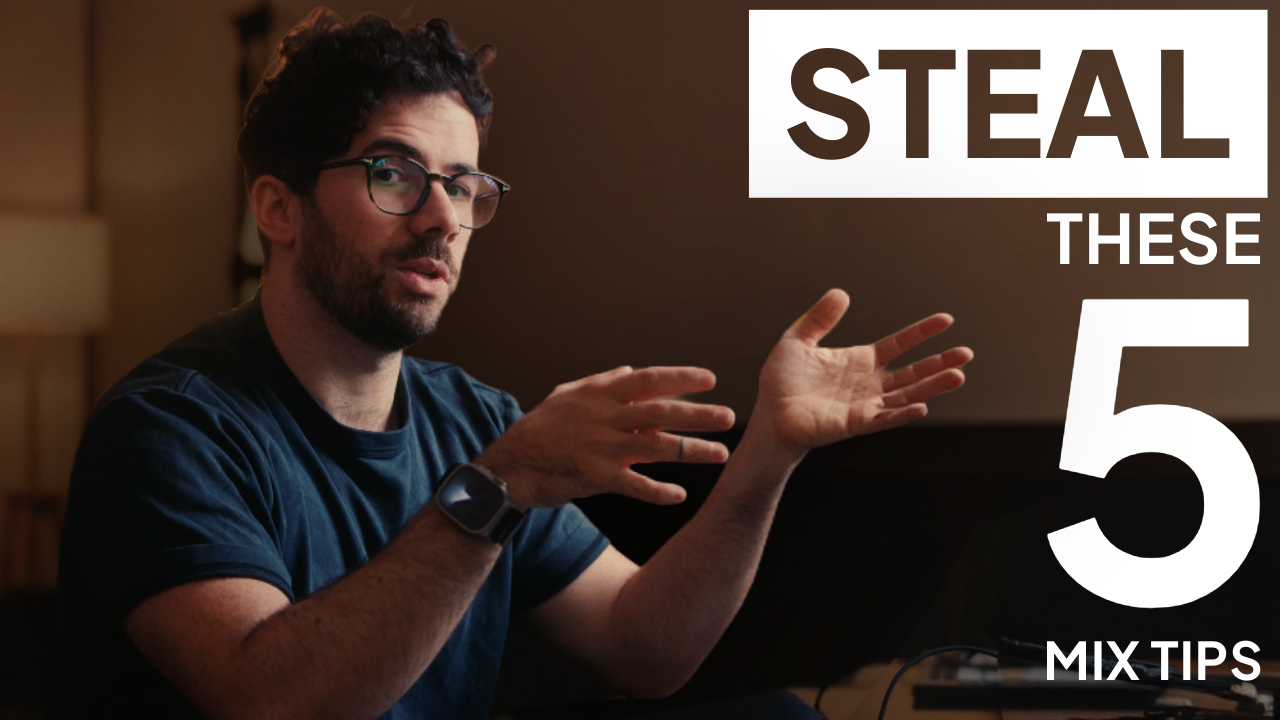
Seeing as it’s World Intellectual Property Day, allow us to get philosophical for a minute. You see, it’s often argued that ideas are conjured up through an amalgamation of experience and influence from our interactions with the World:
How can we describe what sounds good to us without listening to “good music”?
How can we cry in movies if we have no real-life experiences to contextualise them?
How can you draw a still-life painting without having first seen a…?
You get the jist.
It has been argued that all ideas are Intellectual Property theft if you drill down deep enough. And this has never been more prevalent than today, where media consumption is at an all-time high.
Combine this with explosion of AI slop in the content creation space and the need to have original ideas anymore is becoming dangerously close to defunct ideology.
Innovation In Record Production
By proxy, the same is true with producing and mixing records. The first vinyl was pressed almost 100 years ago now, and innovation in the space is getting harder to come by as a result.
Processes are getting standardised, and the dissemination of information through public spaces like internet forums and YouTube has meant that records can be created from scratch by almost anybody, with minimal gear (or critical thinking) required.
True innovation today means turning over the most hidden stones, with more and more specialist equipment and an abundance of experience needed.
After all, have you ever tried coding your own plugin? How about making a competitive virtual instrument? What do you mean you’ve only got an NT-1A and a Scarlett interface? No multi-million-pound studio complex with every flavour of outboard gear imaginable attached to the side of your apartment?
Well, why not!? We’re trying to build a legacy here, damn it!
All this is to say: with the internet’s ability to instantaneously share information on a global scale, people’s interest in record production growing exponentially as a result, and AI’s endless stream of generative content is making originality feel like a lost art. Or something.
Plagiarism vs Inspiration
Okay, let’s slow down and zoom out for a sec. It’s not all doom and gloom!
The flip side to all this is the people who push art mediums forward also draw from previous experience. There would be no Elton John without Leon Russell or Ray Charles playing on the radio during his formative years.
There’s also the other part of this, which is that life would be boring if we didn’t share ideas! You see, there’s an important distinction we need to make…
There’s a difference between plagiarism and inspiration.
Plagiarism is when we copy what’s been done before – word for word, stroke for stroke, action for action – and claim the work as our own.
Inspiration is when we experience something we like and improve upon the idea, often by injecting our own flare and influences. This blending of inputs creates new outputs for people to enjoy and branch off in their respective creations.
So, it’s OK to steal. Well, not in general, but in the case of taking ideas from others and using them in your productions, then yeah – I’d say it’s fine. Just remove this article from your browser history before you do, and I’m not a lawyer, OK?
Audio engineer and producer-extraordinaire George Lever has made a video about his 5 favourite techniques that he “stole” from other producers.
What’s great is how he takes their ideas, gives them his own spin, and applies the improved technique in his mixing workflow. You can watch George talk through these tips via his video (embedded below).
But if you’re a classy, sophisticated individual who enjoys reading rambling blogs on Postmodern epistemology (and the occasional mixing insight), then I’ll be delving into some of the ideas in written form below…
Enjoy!
Eric Valentine’s Key: Slamming Kicks With Distressors
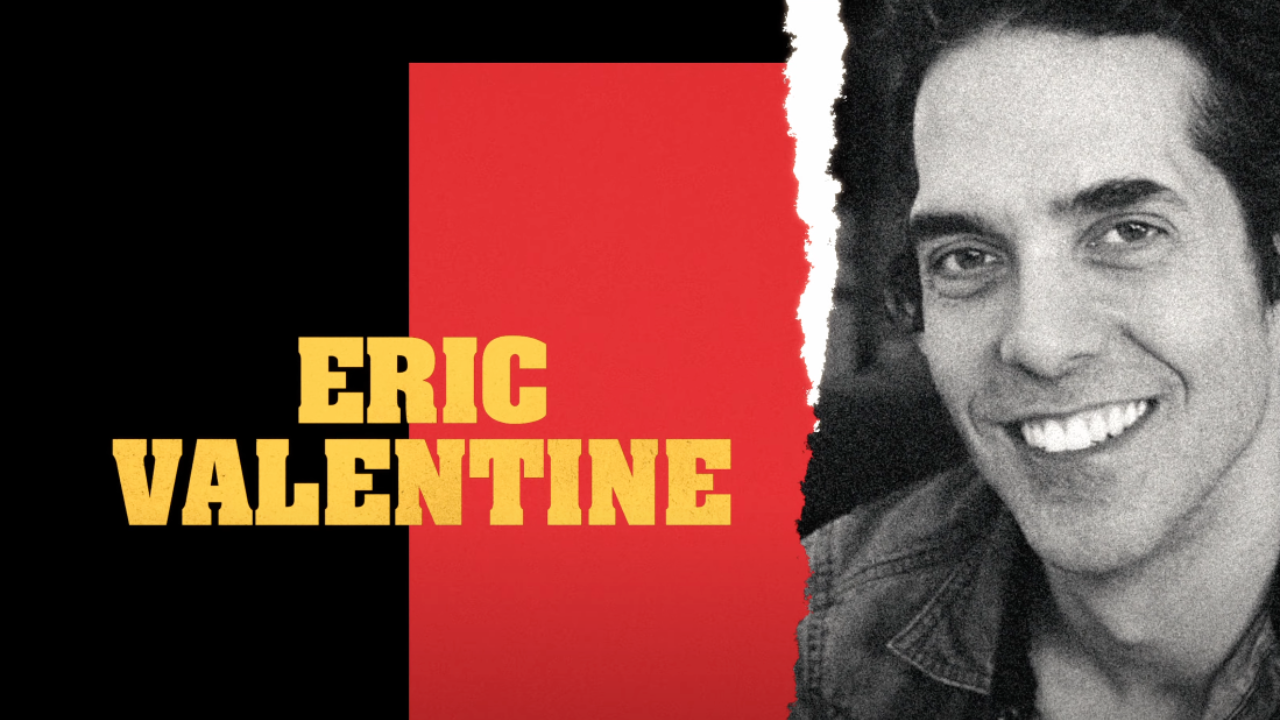
Award-winning producer Eric Valentine runs his own YouTube channel where he dives into the record making process. One such video is titled Making Records with Eric Valentine - "Mixing Drums", where George discovered how to use a pair of Distressor compressors for a rocking kick sound.
TL;DR
- Apply a 20:1 ratio.
- Set all the Detector modes to in (HP, Bell and Link)
- Attack as slow as possible
- Fast release that “grooves” in time with the track’s tempo
George copies the settings from Eric’s hardware Distressors to a plugin emulation. He then takes it a step further:
- Drop an EQ after compression
- Boost the low and high-end for extra weight and air
- Cut around 600Hz to remove some boxiness
- Add a Saturator
- Increase colour by adding some extra harmonic content.
The result? An absolutely slammed kick drum that cuts through the mix with aggression, at no extra cost to headroom.
Taylor Larson’s Secret: Using Distortion To Level Out Dynamics
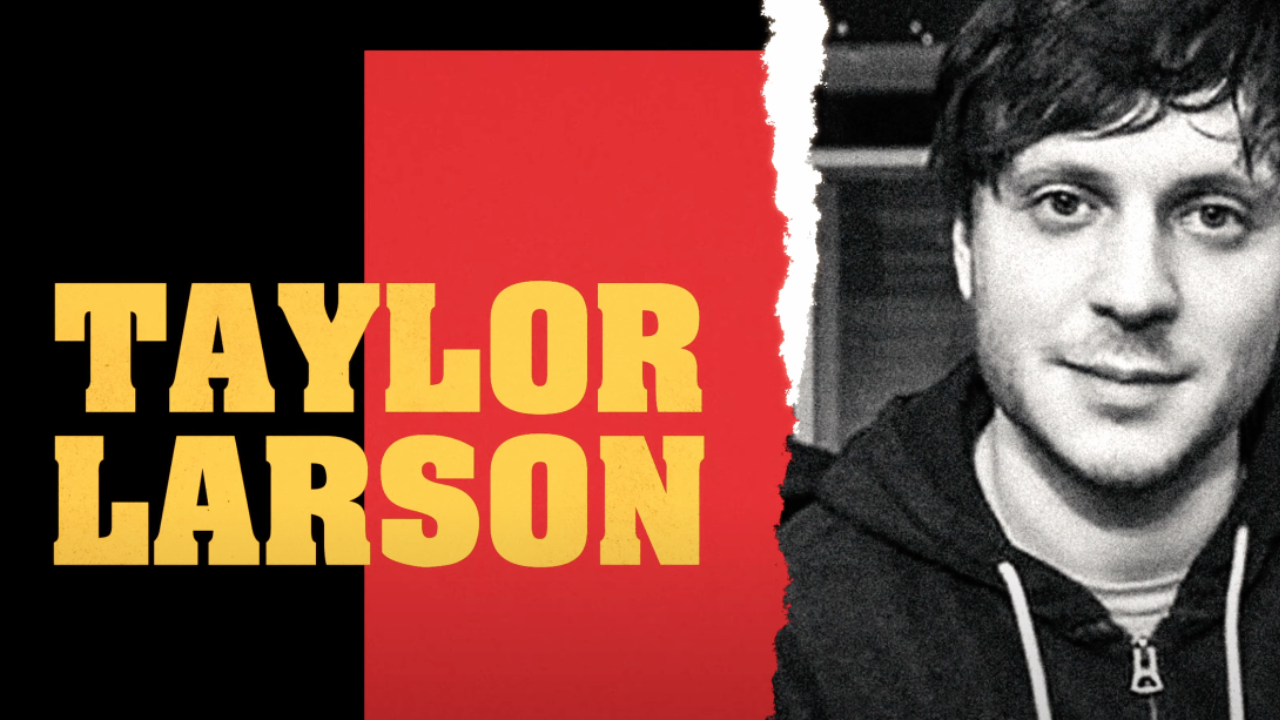
George’s next trick was discovered while on a “learning journey, like expedition thing” where instead of being present he instead watched Taylor Larson’s URM Academy course about how to smash the living daylights out of your kick drum using distortion.
In his course, Taylor drives the input signal of his kick drum red-hot into a Neve pre-amp until it saturates.
TL;DR
- Drive kick into Neve preamp for warm analogue distortion
- Use EQ before distortion to tame transient harshness
- Results in more forward mids + smoothed attack
For those into their supplementary reading, please read on…
Back when command-Z hadn’t been invented yet and there were actual stakes in recording, engineers had to deal with analogue distortion compromising (or enhancing?) their recordings.
Peaks of signals will clip when audio is boosted past the available headroom of a pre-amp or other analogue hardware.
Tube preamps tend to soft clip, gradually compressing and rounding off transients, but cheaper or poorly designed ones can hard clip, chopping off waveforms more abruptly, resulting in a harsher sound (this can also be used intentionally to add a crunchy texture to tracks).
Where else have we heard of transients getting smushed?
Compression!
Analogue distortion can actually help level out dynamics as well as well as providing saturation, providing a two-stage mixing solution for the price of one effect.
George takes this even further by placing an EQ before the saturator and cutting some 3kHz from the signal to remove some of that initial transient attack, resulting in the midrange coming forward and rounding out the kick drum even more.
Adam Getgood’s Fix: Upward Expansion to Tame Cymbal Bleed
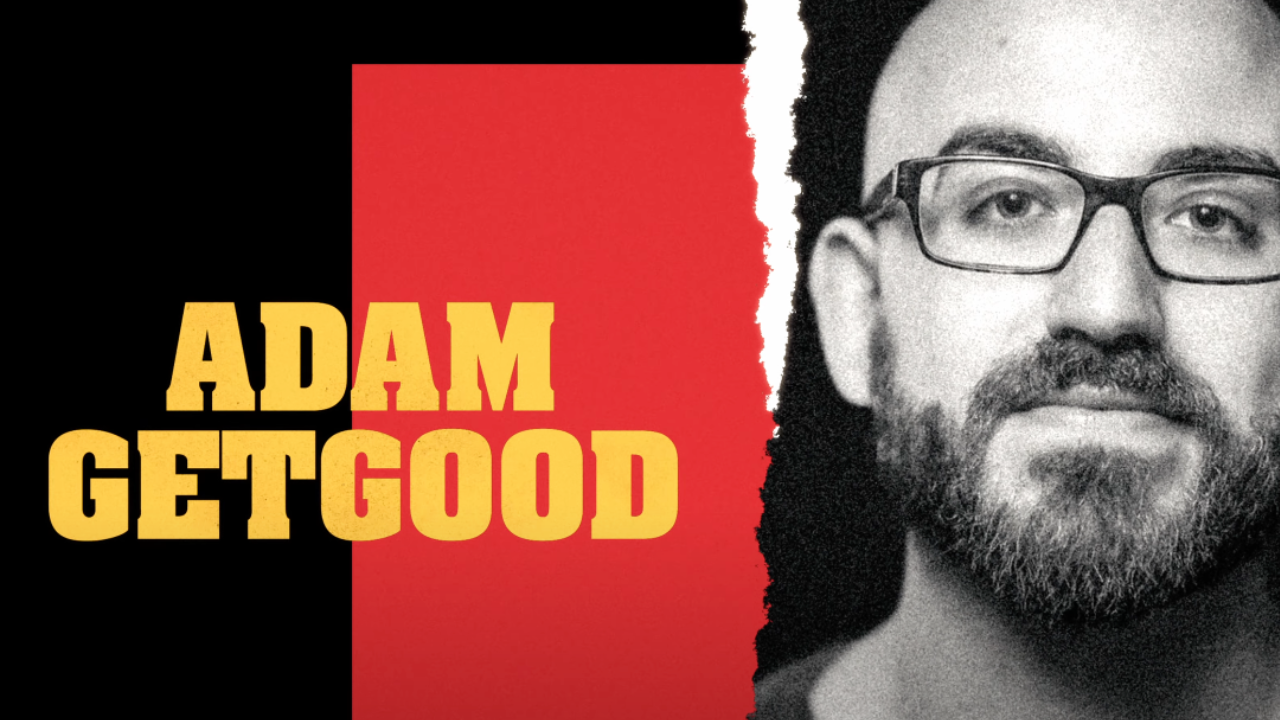
George’s next tip comes from his old mentor Adam Getgood.
He uses multi-band expansion to control the bleed on his snare bus. George explains that “not all gates get all the bleed” when you’re recording and that truly effective gating solutions are solved in stages.
Here’s how to do it in Sonnox’s Dynamic EQ:
- Drop a Dynamic EQ on the offending snare track.
- Sidechain covers 180hz to 1.8khz
- Attack is as fast as it can go
- Release is about 95% as fast as it can go (use your ears).
This means that when the threshold hears the signal, the band is activated and will jump up (and down) with the snare. Snare “snap” when we want it, cymbal “bleed” when we don’t.
Will Putney’s Workflow: A/B Testing Automation In Logic
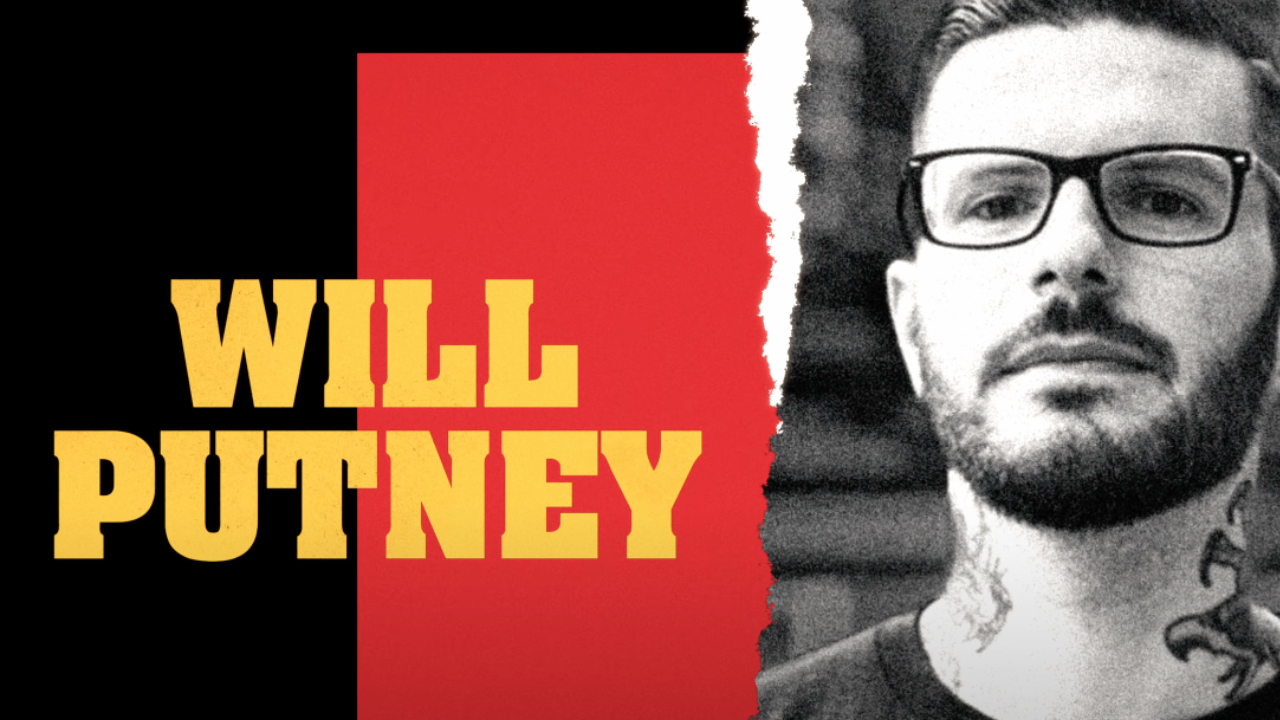
This one is my personal favourite.
It turns out in Logic Pro, you can add empty regions to bus tracks and add in automation to said regions, meaning automation can be turned on and off, up and down, and lengthened/contracted really quickly.
This is already genius, but George takes it one step further: he combines this with track alternatives so that he can A/B test which automation he likes within specific sections of a song.
Logic’s latest update also allows users to bounce bus automation in place, which means if you want to save CPU, or even just commit to a sound and start messing with audio, you have that option too.
(For my editor: I’m sorry Andy, but Logic has my heart and I can’t be persuaded otherwise).
George Lever’s Method: Nailing Reference Mixes with ListenHub
This last producer steal is from… George Lever?
Isn’t that the guy in the video? I guess when you’re that good, even stealing your own ideas will get you sued by your entertainment lawyer.
That’s the Music Industry baby!
George uses AdaptrAudio’s MetricAB and Sonnox’s ListenHub to reference his mixes against other tracks in the genre.
Referencing apps can split tracks apart by sections, solo the mid and side channels, and downmix to mono. But what George likes about ListenHub is not only its ability to stream audio from multiple sources, but you can also control the plugin from your phone…!
This means you can seamlessly A/B between streaming platforms like Spotify, Apple Music and YouTube, as well as separate virtual channels on your computer (think system audio vs DAW audio), all while controlling the plugin wirelessly through a convenient app on your smartphone. Neat!
Conclusion
So that’s 5 tips you can steal from talented producers.
But remember, copy with taste, don’t copy and paste. The people who go on to create world-class mixes actually engage with these concepts and try to improve on their ideas. We want to adopt these workflows in a personalised way.
Who knows – improving on them with your own flavour might make you somebody worth stealing from in the future!
Ready to Try These Techniques? Download Your Free Routing Template
Want to make these tricks your own? Don’t just copy the settings — build workflows that work for you. Download the free routing template to get started.
Please note: If the form is not visible, please ensure JavaScript is enabled and consider disabling your ad blocker. If you are experiencing issues with this process, please don't hesitate to get in touch with support.
